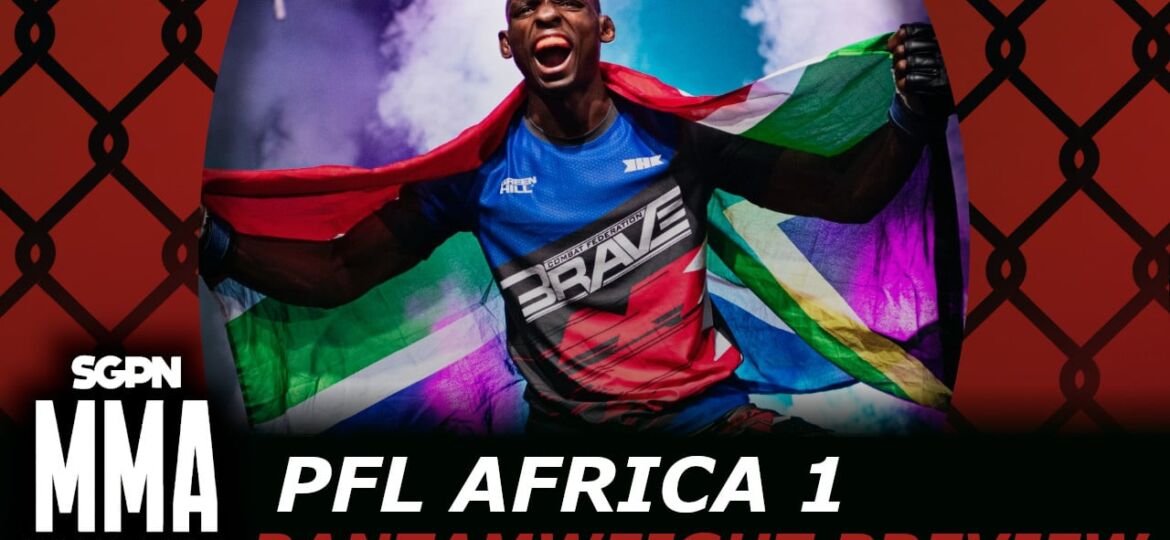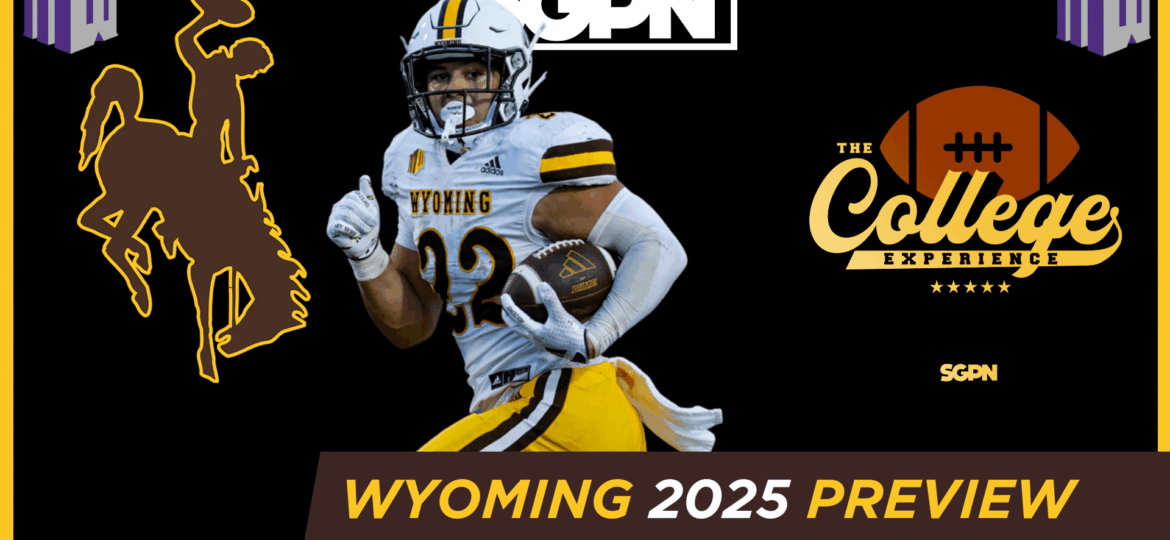Last week we learned how to bet the moneyline, where you don’t have to worry about the point spread. This week, we explain against the spread betting. Don’t worry, it’s not as complicated as all those numbers would lead you to believe.
Sportsbooks employ handicappers, whose job it is to crunch all available data and decide which side is most-likely to win a particular game or match. That team or athlete is called The Favorite, for obvious reasons.
Handicappers also estimate the final score and that number allows them to decide how much The Favorite is favored over the expected loser, aka The Underdog. That estimated score difference informs the point spread.
For example, if sportsbooks make the Philadelphia Eagles a 7.5 point favorite over the New York Giants, that means their research suggests the Eagles will win by at least 8 point. In this scenario, if bet on the favorite, the Eagles have to beat the Giants by 8 point for you to collect money. If you bet on the underdog, you win if the Giants lose by 7 point or fewer, or if they win the game outright.
Just like with money lines, there is juice with point spreads too. So, in the above example, let’s say it’s the Eagles -7.5 with -115 juice, while the Giants are +7.5 with -105 juice.
Wait, what’s the juice again?
If there’s a plus sign in front of the number, that means you win that amount on a $100 bet. For example, if you see +125, you win $125 on a $100 bet. If there’s a minus sign in front of the number, that means you have to bet that amount to win $100. For example, if you see -115, you have to bet $115 to win $100.
Finally, you might be wondering why there are half-point. Obviously, a team can’t score .5. Sportsbooks add half-point to spreads to eliminate ties. However, a spread will not always have a .5 on the end, so ties can still happen.
For a more-thorough and more-enjoyable explanation of point spread betting, check out this tutorial video from SportsBetting3.com.






















